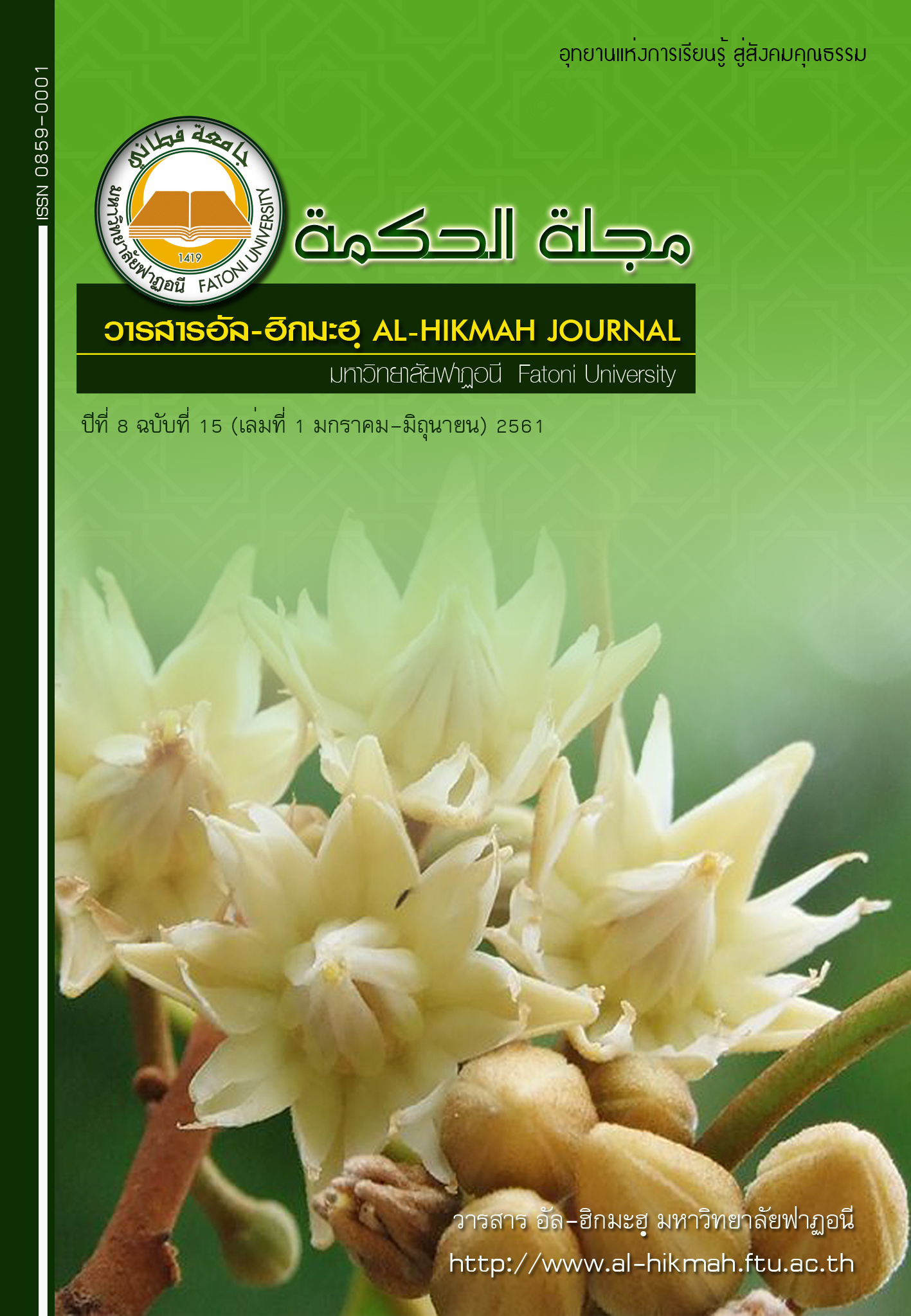Allocation of stock during shortage: Case study of Import Company
Keywords:
Shortage, Allocation, Service LevelAbstract
The objective of this research is to study and find appropriate method for allocating the products. Currently, the amount of company has faced the problem of product demanding is more than stock on hand. This issue is followed by the way of rationing limited products to shops or customers.
In addition, this research is to study and compare the number of scarcity of goods in the past to goods in this case study. This research is combined data from actual sale, customers and company's information.
Some case study of import companies which distribute products for inside customers through many groups such as modern trade and traditional trade. For portion of insufficient product can be occur in 2 cases are certainly know that products are not enough for all demand at that time and know that products not arrival on time which make lack of products in coming future definitely.
This study is calculated from the equation through the Microsoft Excel software program, so that users can access and apply it easily. The study found that the method of stock allocation when the goods are scarce under the conditions of limited quantity and level of service. It is the right approach and complies with company restrictions. The number of sales and the number of customers who received the product after the ration was higher compared to the way the former was handled.
References
ประดิษฐ์ จุมพลเสถียร. (2547). การสร้างแบรนด์และการสื่อการการตลาด. กรุงเทพฯ: แพค อินเตอร์กรุ๊ป.
Cachon, G. & Terwiesch, C. (2013). Matching Supply with Demand An Introduction to Operations Management. (3rd ed). New York: McGraw-Hill.
Hung, H. C., Chew, E. P., Lee, H. L., & Liu, S. (2012). Dynamic inventory rationing for systems with multiple demand classes and general demand processes. In International Journal of Production Economics, 139(1). 351-358.
Jaynthi & Sandeep. (2012). Out of stock conditions affecting customer satisfaction and customer loyalty. Journal of Business and Retail Management Research, 6(2), 38-52.
Lau & Lau. (1996). The newsstand problem: a capacitated multiple-product single-period inventory problem. European Journal of Operational Research, 94(1), 29-42.
Moon & Kang. (1998). Rationing policies for some inventory systems. The Journal of the Operational Research Society, 49 (5), 509–518.
Pinto, R. (2012). Stock rationing under service level constraints in a vertically integrated distribution system. In International Journal of Production Economics, 136(1), 231-240.
Pinto, R. (2016). Stock rationing under a profit satisficing objective. Omega-The International Journal of Management Science, 65, 55-68.
Stephen B. & Brian D. (1988). Effects of stockouts on purchase behavior and retail patronage: An experimental investigation. The Journal of Applied Business Research, 4(3), 90-97.
Teunter, R. H. & Haneveld, W. K. K. (2008). Dynamic inventory rationing strategies for Inventory systems with two demand classes Poisson demand and back-ordering. European Journal of Operational Research, 190(1), 156-178.



